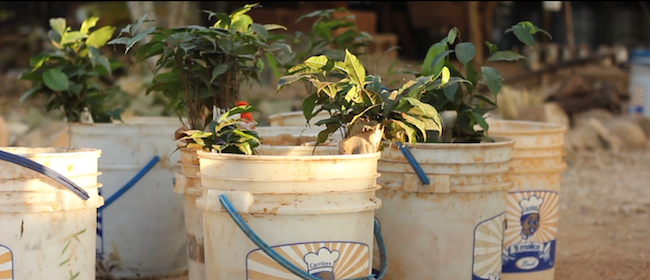“What we are doing to the forests of the world is but a mirror reflection of what we are doing to ourselves and to one another.”
― Mahatma Gandhi
Very simply put, deforestation involves the destruction of forest land. And that’s where it stops being simple.
Deforestation
The reasons behind forests being cut down are many: from farmers needing more land to graze their animals and grow their crops, to local communities using material from the forests for firewood and charcoal, from a growing meat industry that requires more pasture land for meat consumers’ cattle to feed, to infrastructural undertakings of roads and highways that necessitate a migration of people toward uninhabited forest areas. While not all tree logging leads to deforestation, the data that has been collated over the last two decades suggests that we need to develop and practice educated ways of interacting with our world’s forests in order to prevent potentially disastrous consequences.
Effects Of Deforestation
The long list of negative effects arising from deforestation provides plenty a reason for us to educate ourselves about our consumption of trees: deforestation leads to an erosion of the top soil (top layer of the soil that is high in nutrients, organic mater and micro-organisms) that takes hundreds of years to restore itself naturally – an erosion that in turn affects the nutrient levels that are available to new trees that are planted in reforestation efforts; deforestation leads to a disruption in the local ecosystem’s water cycle, causing droughts that force local farmers to migrate (for more information about this, please see: Water); deforestation also leads to a loss of biodiversity in the region in which it occurs. If these reasons are insufficient to elucidate the negative consequences of deforestation, then one only need look at the ever present climate change that is being continually provoked by it.
Reforestation
Given these hazardous effects, addressing the issue of deforestation is not quite as simple as planting more trees. Since existing damage to the top soil might already have rendered some areas as being hostile environments for trees, attempts at reforestation must include some insight into the current condition of the soil in specific locations, must invoke a consideration of the trees/plants that might be native to that soil, and must devise mechanisms to revitalize and rebuild the soil that might already be negatively affected by years of neglect and overuse.
Sadhana Forests Role
At Sadhana Forest we try to focus on planting only indigenous trees. Whilst we begin a project in a new area we invest a lot of energy in comprising a list of potential indigenous species that we would like to plant and distribute. At the moment Sadhana Forest has planted:
- 28,000 TDEF (tropical dry evergreen forest) trees in Auroville, India
- More then 80,000 trees in Anse-à-Pitres, Haiti
- And is beginning a food forest project in Samburu County, Kenya.
Survival rate is an important goal we have set for ourselves. We use many techniques to ensure the trees we plant are cared for with the highest regard and ensure the best possible survival chances. We prefer planting less trees but have a higher success rate for 2 reasons:
- We distribute some of the trees to local people and we would like to develop a relationship of trust. Restoring faith is difficult, and if a tree is received, planted, cared for and eventually dies the trust level and faith is hard to restore.
- We believe the survival figures are important and not the amount planted. We prefer planting 80,000 trees with a 80% survival rate = 64,000 living trees, rather than planting 300,000 trees with a 20% survival rate = 60,000 living trees.


